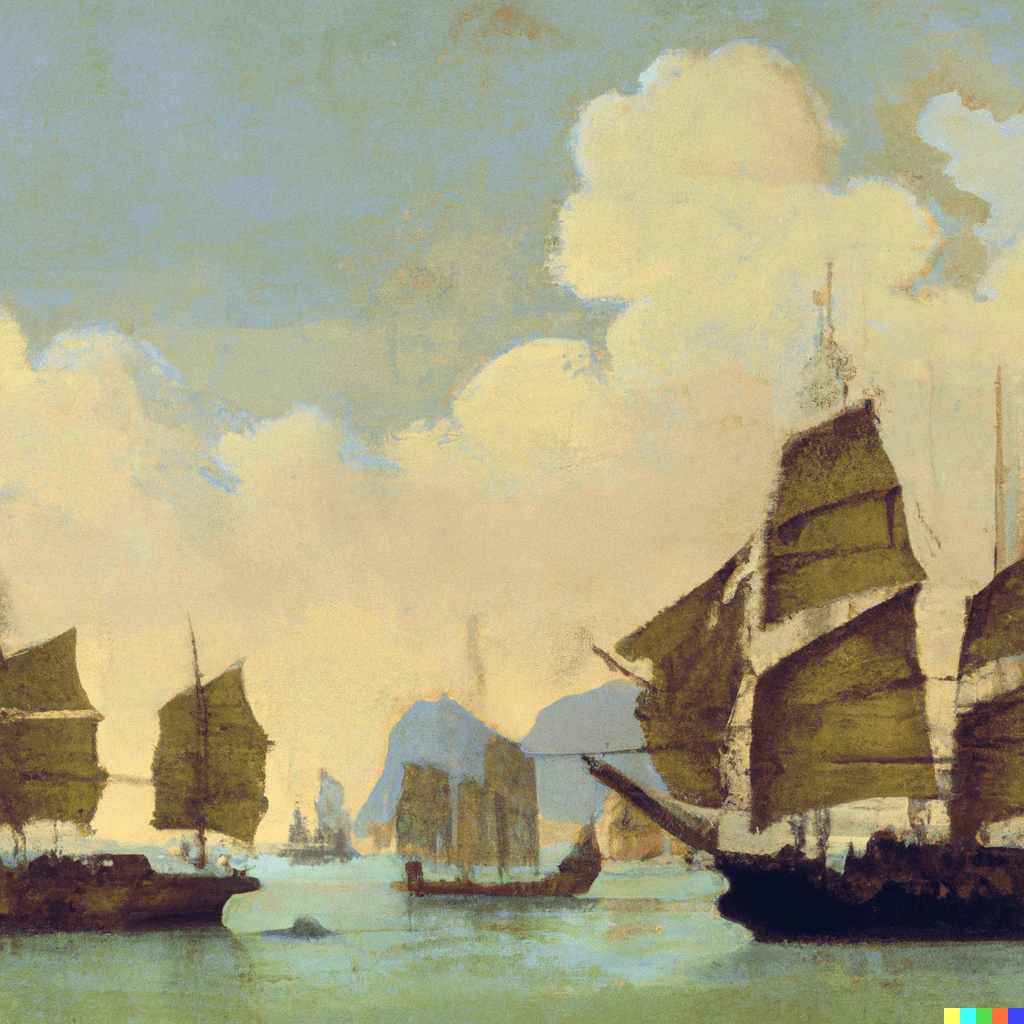
The Chinese Migration to Singapore in the Early 1900s: A Cultural and Economic Legacy
7-8 mins read
17.03.2023
Author: Ryan Tan
The Chinese migration to Singapore in the early 1900s was a significant event that shaped the island's history and cultural landscape. This influx of Chinese immigrants came from various regions of China, including Fujian, Guangdong, and Hainan, and brought with them their unique customs, traditions, and beliefs.
Background
Before delving into the migration of Chinese to Singapore in the early 1900s, it is essential to understand the historical context of the time. In the mid-19th century, Singapore was under British colonial rule, and the island's economy was driven by its strategic location as a trading hub. The British brought in migrant laborers from different parts of Asia, including China, to work in industries such as shipping, construction, and plantations.
The Chinese migrants who came to Singapore during this period faced various challenges, including discrimination, poor living conditions, and low wages. Many of these immigrants came from rural areas in China and were seeking better economic opportunities in Singapore.
Migration Patterns
The Chinese migration to Singapore in the early 1900s was driven by several factors, including economic opportunities, political instability in China, and natural disasters. One significant event that led to a surge in Chinese migration was the 1906 San Francisco earthquake, which caused many Chinese immigrants to leave the United States and look for work elsewhere.
The Chinese who migrated to Singapore during this period were predominantly from Fujian and Guangdong provinces, and they settled primarily in the Chinatown area. The Fujianese brought with them their distinctive dialect, Hokkien, which eventually became the lingua franca of the Chinese community in Singapore.
Social and Economic Impact
The migration of Chinese to Singapore in the early 1900s had a significant social and economic impact on the island. The Chinese brought with them their culture, cuisine, and traditions, which helped shape the island's multicultural identity.
The Chinese migrants were integral to the growth of the island's economy, working in various industries such as construction, shipping, and retail. They also played a significant role in the development of the rubber industry, which was a significant source of income for Singapore at the time.
However, the influx of Chinese migrants also led to social tensions, as the local population felt threatened by the growing Chinese community. The British colonial government introduced policies to restrict Chinese immigration, which led to protests and riots among the Chinese community.
Conclusion
The Chinese migration to Singapore in the early 1900s was a significant event in the island's history. The migration was driven by economic opportunities, political instability, and natural disasters, and it brought with it a diverse range of cultures and traditions.
The Chinese migrants played a significant role in the island's economy, contributing to the growth of various industries and the development of the rubber industry. However, their arrival also led to social tensions, as the local population felt threatened by the growing Chinese community.
Today, Singapore is a vibrant and diverse city-state that celebrates its multicultural identity. The Chinese community continues to play a significant role in the island's economy and culture, and their contributions are recognized and celebrated by all.
